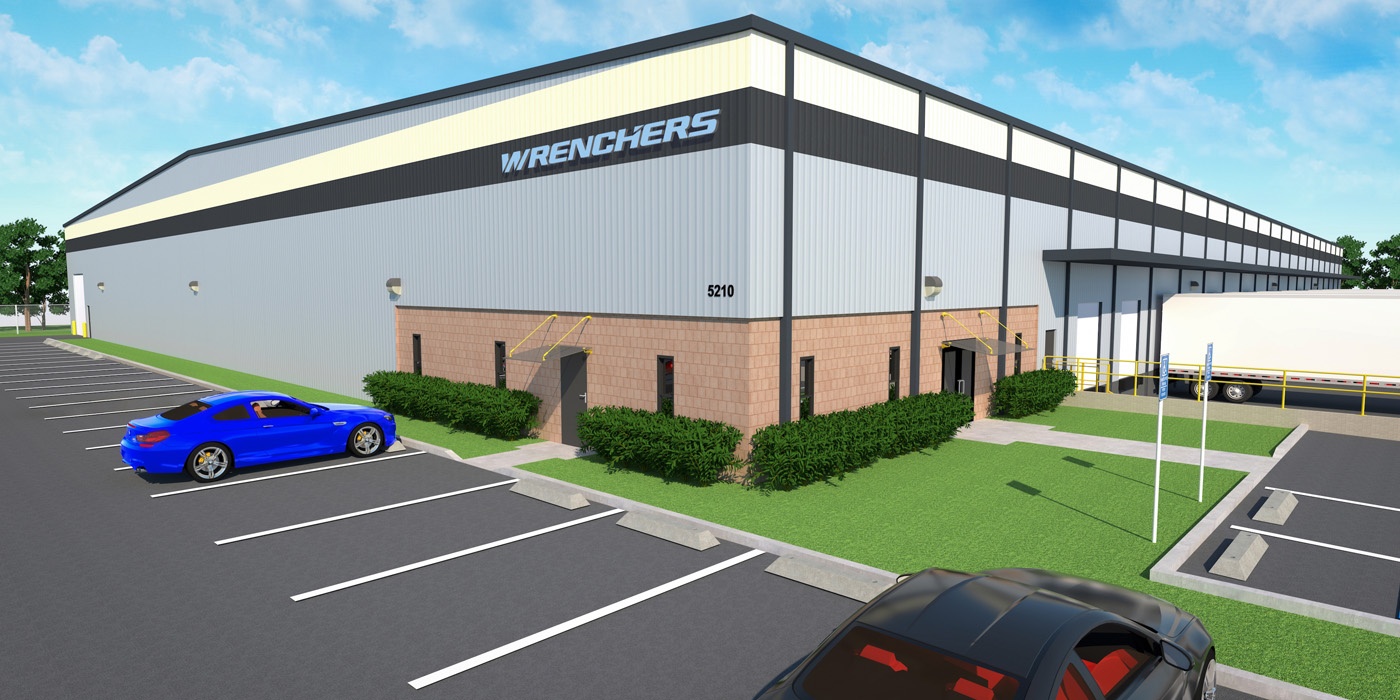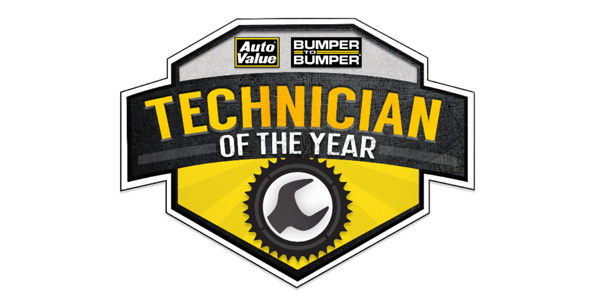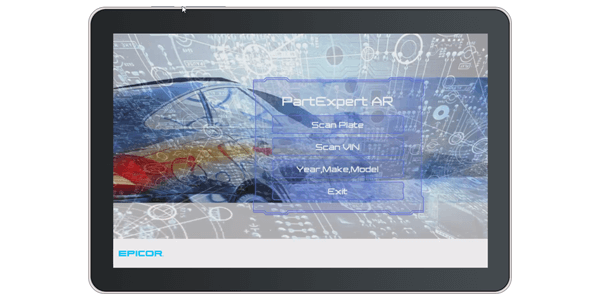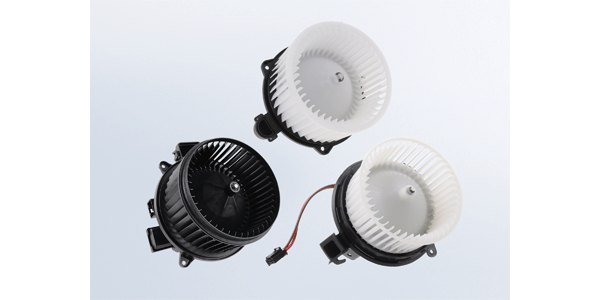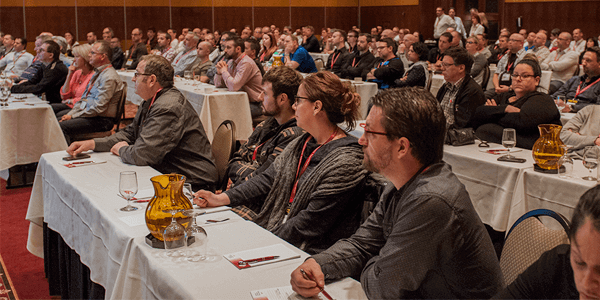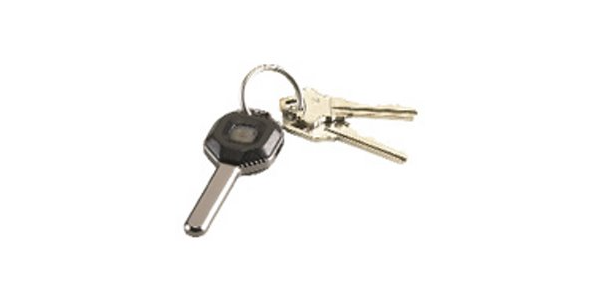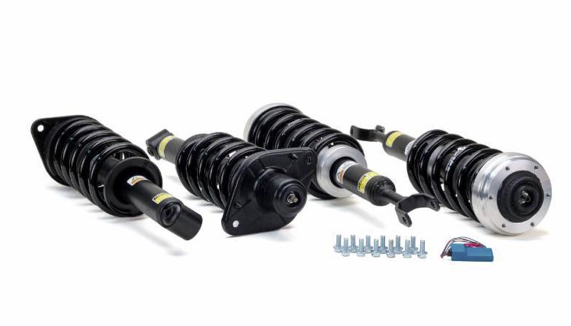The loss of a headlight makes nighttime driving hazardous, and may even attract the unwanted attention of the local police. A burned-out taillight, stoplight or turn indicator lamp creates a hazard for other motorists because these lamps signal a vehicle’s directional intentions to other drivers. Bulbs that provide illumination for instrumentation are also important because they allow the driver to monitor the speedometer and other gauges. Even something as simple as a failed trunk light or dome light can create an inconvenience when operating a vehicle after dark.
Light Years of Evolution
Years ago, all headlights were sealed beams. So if your customer needs a replacement headlight for a 1980s vintage or older vehicle, there are only a few basic sizes of round and rectangular beams: Those for two headlight applications (6014 round high/low sealed beam and 6052 rectangular high/low-beam) and those for four headlight systems (4000 round low-beam, 4001 round high-beam, 4652 rectangular low-beam and 4651 rectangular high-beam). Most of these older-style sealed beams were originally standard incandescent lamps. In 1978, the federal government revised its headlight regulations to allow the use of “halogen” sealed beams.
Halogen: Halogen lamps are brighter and last longer than regular lamps because the bulbs contain a small amount of bromine gas (one of five elements in the halogen chemical family). The bromine gas allows the use of a smaller, hotter tungsten filament because bromine redeposits the microscopic particles of tungsten that boil off the filament back onto the wire. This extends the life of the bulb and prevents the glass from darkening as the bulb ages. Halogen lamps are a good upgrade for these older sealed beam applications because halogen lamps produce more light with the same or less current. How much brighter are they? A conventional incandescent bulb generates 16 to 18 lumens of light per watt, compared to 20 to 22 or more lumens per watt for a standard halogen bulb. The higher output of a halogen headlight throws more light on the road to improve nighttime visibility and extend the driver’s visual range. Some of the more popular replacement halogen bulbs include 9004, 9007, 9008 and H4 for two headlight systems; 9006, H1, H7 and H11 for low-beam quad headlight applications, and 9005 and H9 for the high-beam on quad lamp systems. For fog and auxiliary lamps, other popular halogen replacement lamp sizes include 9040, 9045, 9055, 9140, 9145, 9155, H3 and H8.
Xenon: In the late 1990s, two new types of “xenon” headlights were introduced. One type is the “High Intensity Discharge” or HID lighting system that uses a special high-voltage bulb that doesn’t contain a filament. Inside the HID bulb are two electrodes separated by a gap and a mixture of xenon gas, mercury and halide salts. A ballast unit steps up the base voltage supplied to the HID lamp to create an electrical arc between the electrodes. This produces a “plasma discharge” inside the bulb that gives off a very bright, bluish-colored light for better night vision and range.
HID lighting systems are more efficient than standard halogen headlights, producing about 75 lumens per watt. And because an HID bulb has no filament to burn out, they last three to five times longer than a standard halogen bulb. But the required ballast electronics also make HID lighting systems very expensive so they are used primarily on high-end luxury cars and SUVs. HID replacement bulbs include D1S, D1R, D2s and D2R types. Aftermarket HID lighting kits are also available to upgrade a vehicle’s lighting system.
The second type of “xenon” headlight — and a more affordable upgrade alternative — is the blue xenon headlamp that can replace standard halogen bulbs.
LEDs: The trend in lighting functions on automobiles is moving to LEDs — Light-Emitting Diodes — that convert electrical energy directly into light. With their small size and low energy requirement, combined with powerful light emissions, product longevity and amazing reliability, LEDs are the technology of the future for automotive lighting.
LED lamps on cars have been around for more than 20 years — first appearing in the mid-1980s for use in hi-mount stop lamps on the rear of vehicles.
But only recently have LEDs been featured as a technology used for front lamps. Anyone who has attended a new vehicle auto show has probably seen LED headlamp designs on various concept vehicles. But that’s about to change, as LED headlamps are ready to hit the streets. Since LEDs consume very little power, only about 1/10th as much current as a comparable incandescent light for the same amount of light that’s produced, that allows them to last longer — a real benefit to OEMs.
Lamp Replacement
With all types of lighting applications, finding the right replacement bulb is essential. Small bulbs, in particular, can be difficult to match. Always refer to a lighting catalog or database for the vehicle application. Comparing bulbs and referring to the number on the old bulb is also a good idea, but keep in mind that the old bulb may not be the correct one for the application if it has been replaced before (maybe that’s why it burned out!). Two bulbs that appear to be the same may have different wattage and resistance ratings. Using the wrong bulb may cause premature bulb failure, circuit overloads or other problems.
On some newer vehicles, “light out” modules are used to sense failed bulbs and alert the driver when a lamp fails. If a replacement bulb does not have the same resistance and wattage rating as the original, it can sometimes cause the module to illuminate the “light out” warning lamp even though the bulb is working.

